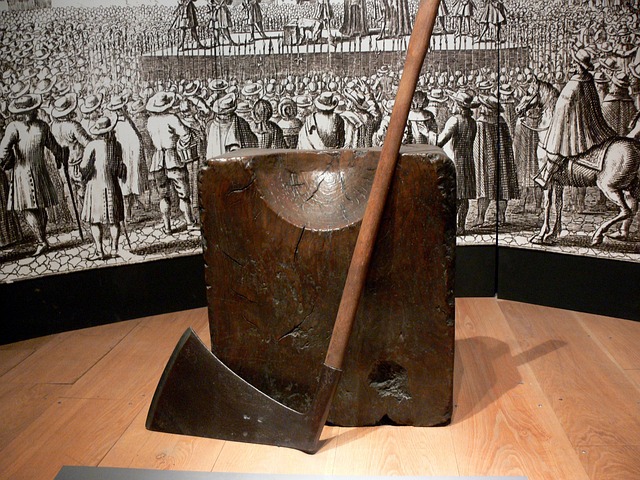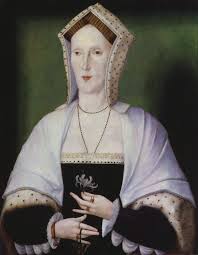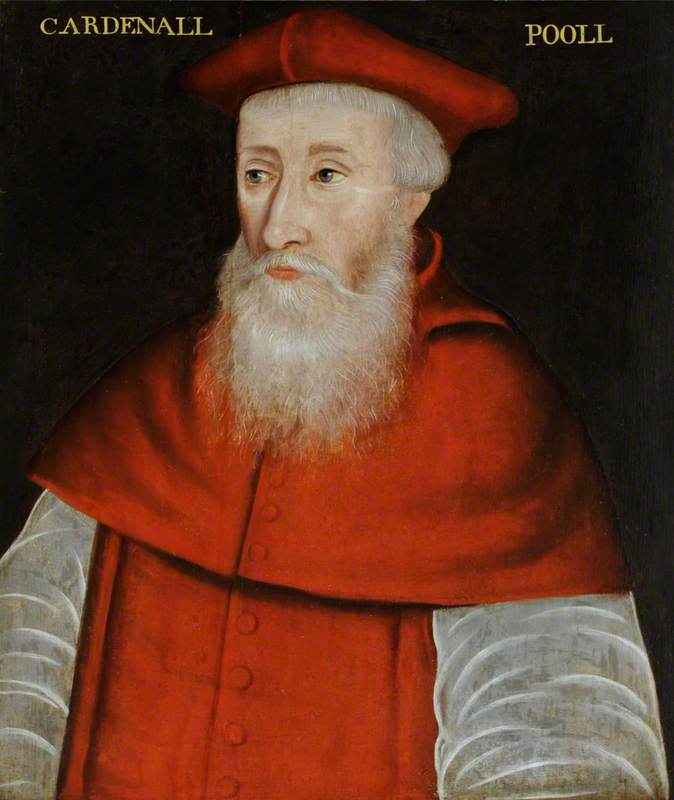Who's Who in Wolf Hall
Biographies of people whose lives entwined with Cromwell
Chapter 7 : Pakington - Robinson
Pakington, Robert c. 1489 – 1536 Pakington was a prosperous London merchant, and MP with notably reformist religious convictions. In the 1530s, he reported on Flemish matters to Stephen Vaughan, Cromwell's agent. Pakington was shot and killed in 1536, an extremely unusual occurrence. No-one was ever convicted of his murder, although the Protestant faction claimed that he was a martyr for their cause, dispatched on the orders of conservative bishops.
Parker, Jane c. 1505 – 1542 Jane was a maid-of-honour to Katharine of Aragon, and a second cousin of Henry VIII. She married George Boleyn in 1525, and from 1529 was known as Lady Rochford. She went on to serve her sister-in-law, Queen Anne Boleyn, as lady-in-waiting. Jane has been vilified for five hundred years for giving the testimony that convicted Anne and George of incest, although the contemporary records do not necessarily support this allegation.

After Anne's fall, Jane wrote begging letters to Cromwell, asking for financial support but then returned to royal service. Jane was implicated in (if not entirely responsible for) the misdemeanours of Queen Katheryn Howard. Jane appeared to lose her reason during the period before Queen Katheryn's execution, so an Act of Parliament was introduce to allow execution of lunatics.
Biographies
Jane Boleyn: The Infamous Lady Rochford – Julia Fox
Percy, Henry, 6th Earl of Northumberland 1502 – 1537 Percy was a page in Wolsey's household, and thus would have been familiar with Cromwell. In 1523 he and a young maid-of-honour, Anne Boleyn fell deeply in love and promised to marry. Wolsey, possibly at the instigation of Henry VIII broke off the match as Anne, a knight's daughter was no match for an Earl's son, especially one already betrothed.
Young Percy was forced to repudiate Anne and was married to Lady Mary Talbot, daughter of his father's friend, the Earl of Shrewsbury. Percy and Lady Mary were miserable together and in 1532 she tried to have the marriage annulled on the grounds of his relationship with Anne. He denied on oath the notion that he and Anne had been formally contracted, although whether this was the truth, or his way of protecting Anne, or even done to spite Lady Mary is a matter of conjecture. As Earl of Northumberland, he was obliged to sit in judgement at Anne's trial and pronounced her guilty with the rest. Despite his family's sympathy with the Pilgrimage of Grace he refused to become involved. By 1537 he was a dying man, and having quarrelled with his brothers, left the vast Northumberland estates to the King to spite them.
Petyt, John c. 1464 – 1532 Petyt, a native of Yorkshire, was by the 1520s a well-established cloth merchant in London and was elected to the Reformation Parliament in 1529. According to an account written in 1579,Petyt was personally arrested by Sir Thomas More on suspicion of possessing the forbidden English translation of the New Testament, and confined to the Tower. According to this account, the case of heresy collapsed when the witness who was due to give testimony against Petyt denied all knowledge of him.
Plantagenet, Arthur, Viscount Lisle d. 1542 Lisle was an illegitimate son of Edward IV and thus half-uncle to Henry VIII. In 1501, he joined the household of his half-sister, Queen Elizabeth of York, and then transferred to that of Henry VII.He received many offices under Henry VIII, including Vice-Admiral of the Fleet, and, in 1533 was appointed Governor of Calais.
The massive correspondence that remains from Lisle and his household give many of the details of Henry's court in the 1530s. In 1540, it was alleged that a plot was afoot to surrender Calais to the French. Lisle was arrested andimprisoned. After two years, as no evidence had been found against him, it was decided to release him, but, unfortunately, on hearing the good news he died of a heart attack.
Books
The Lisle Letters: An Abridgement – Muriel St Clare Byrne
Plantagenet, Margaret, Countess of Salisbury – 1473 – 1541 Margaret was the niece of Edward IV and thus first cousin to Henry VIII's mother, Elizabeth of York. A marriage was arranged for her to Sir Richard Pole, a Tudor supporter, half-nephew of Margaret Beaufort, and she remained within Court circles during Henry VII's reign. Margaret became a close friend of Katharine of Aragon, and was godmother and Lady Governess to Henry VIII and Katharine's daughter, Mary. Her title of Countess of Salisbury was heritable through the female line, and it was restored, together with some of the lands in 1512.

Margaret remained at the centre of Court life until the annulment suit began, although she had a rather chequered relationship with Henry. Margaret sided with her friend, Katharine as far possible, but did not openly disobey Henry and wrote firmly to her rebellious son, Reginald Pole, in Rome, chastising him for criticising the King,

Nevertheless, Margaret and her other sons were suspected of treason during the Exeter Conspiracy. She was arrested in 1538 and sent to the Tower. Attainted of treason, and with her lands and titles again confiscated, she remained there, protesting ignorance of the cause of her imprisonment, until 1541 when she was executed in a botched beheading.
Pole, Sir Geoffrey c. 1502 – 1558 Pole was the younger son of Margaret Plantagenet, Countess of Salisbury and younger brother of Cardinal Reginald Pole. His evidence about correspondence between his mother and brother, Lord Montague, with Cardinal Pole was the foundation for the charges of treason laid against Montague, the Countess, and their cousin, Henry Courtenay, Marquis of Exeter. Sir Geoffrey pleaded guilty to charges of treason in 1538, and was pardoned in 1539. After his mother's execution, he left England for Rome, returning at the accession of Mary I.
Pole, Reginald, Cardinal 1500 - 1558 Pole was the son of Margaret Plantagenet, Countess of Salisbury and Henry VIII's second cousin. Pole's education was initially paid for by Henry, and he had a very promising career until the matter of the annulment of the King's marriage arose. Pole was a staunch defender of the power of the Pope and of the Catholic church, although his personal theology reflected the humanist and reforming trend of the early sixteenth century.

Pole's support of the Pope and his nearness to the throne rendered Pole one of Henry's deadliest enemies, especially when he called upon European princes to depose the King. In 1538 Pole's brother, mother and cousin were arrested and imprisoned on charges of treason and two of them later executed. Pole and Cromwell fumed at each other through letters. In 1556 Pole was ordained priest and became the last Catholic Archbishop of Canterbury under Mary I.
Robinson, John, Alderman of Boston, Lincolnshire Robinson requested the Guild of the Church of Our Lady in St Botolph, Boston (now known as the Boston Stump) to send Cromwell to Rome as a support and guide to their representative, Geoffrey Chambers, on a mission to the Pope. The mission was successful.
This article is available for Kindle, for purchase from Amazon US and Amazon UK.











